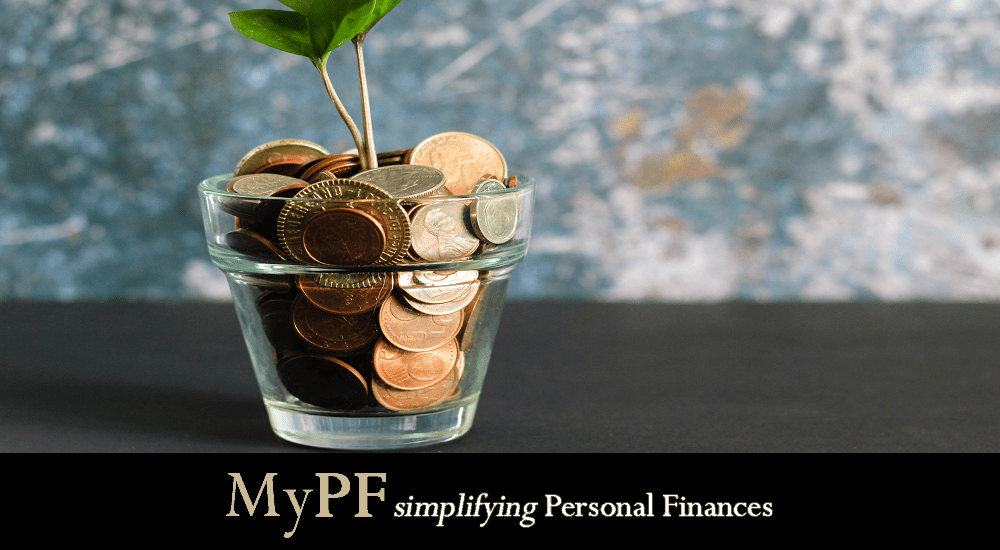All you need to know about your Emergency Savings aka Rainy Days fund.

Emergency savings like its name is to ensure you have enough liquid savings as a buffer in case of emergencies. We define emergencies as unexpected occurrences which incur significant spending.
Examples of Emergency Funds Usage
- Loss of employment
- Unexpected breakdown and maintenance costs
- Hospitalization or medical emergencies not covered by insurance
How much Emergency Savings do I Need?
A rule of thumb is for 6-12 months of your expenses for emergency savings.
It also depends on your current situation and whether you have any dependents:
- No dependents: 3 – 6 months
- Have dependents / sole income provider in family: 6 – 12 months
- Retired: 6 – 12 months (but with liquid funds of up to 5 years equivalent)

Where should I keep my Emergency Savings?
Your emergency savings need to be kept liquid and easily accessible in times of emergency. The focus is thus more on accessibility with decent returns being a bonus.
- 1-month equivalent: savings / current accounts
- Amount above 1 months equivalent: fixed deposits / money market / income portfolio / capital loan for conventional housing loans
What are these emergency saving placement options?
- Fixed deposits: a financial instrument from banks providing FD holders with higher returns than a normal savings/checking account with a time commitment from 1 month or longer with longer periods generally providing better returns.
- Money market: funds invested in bank deposits and short term placements with less than one year to maturity. Money market funds invest in liquid, low risk money market instruments that are in effect short-term deposits (loans) to banks.
- Income portfolio: a fund setup with the majority of funds in money market funds and the remainder in fixed income assets such as high grade bonds.
- Capital loan: a flexible conventional housing loan that allows you to place funds in to reduce the capital (owing) in your property loan that can be withdrawn if needed.
How to start my Emergency Savings?
It can seem daunting to save up 6 months equivalent of your expenses, especially if you have not been much of a saver in the past. You can start with these easy steps.
- Save up RM1,000 first. This will be your most basic buffer to avoid you going into debt or having a headache if any minor emergency occurs.
- Calculate your 6 months expenses equivalent goal. For example, if your monthly expense is 3,000 this is the amount to save for 3,000 x 6 = 18,000.
- Decide where you will keep your emergency savings in whether it’s a savings account, money market fund or other low-risk liquid investment (see above).
- Set a monthly savings goal to get you into the habit of saving. You can make it even easier by setting up an automated monthly transfer. For example, you can setup a standing instruction to transfer 1,500 per month from the bank account your pay goes into your account holding your emergency savings.
- Do not touch the emergency savings unless it is really an emergency! It may make sense to focus on just building up your emergency savings first and then only looking at investing after you have achieved your 6 month emergency savings goal.
What can I do to build my Emergency Savings if I don’t have any money leftover every month?
Start by going through your expenses in detail. Are there any unnecessary expenses that you can cut that you can channel into your emergency funds?
Next look into your income. Can you generate additional income by working overtime or starting a side hustle? Is there annual income such as a bonus which you will receive that you can set aside firstly for your emergency savings?
Take advantage of any opportunities available to you such as when you get an increment or pay less for your loans after a rate cut to channel the additional funds into your emergency savings.
FAQ
Q: Should I use 6 months of my expenses OR income as my emergency savings goal?
A: 6 months of expenses would be the suggested emergency savings goal to work towards. If you would like to have a higher buffer or to be more conservative, you can save up 6 months of your income instead.
Q: What is considered an emergency?
A: A simple question you can ask is if it is a want or can the spending be delayed, it’s most likely not an emergency. We would also not recommend lending money from your emergency funds to someone else even if it’s a family member or close friend.
Q: Can having too much emergency savings be bad?
A: If you have up to 12 months of expenses equivalent as emergency savings you are very likely fine. However, any more than that amount will likely mean that your money is not working hard for you. You may be better off investing the money into investment assets which will generate you much better returns, especially once compounded over a period of time.
How much Emergency Savings is Right for You?
Q: What is your monthly expenses per month?
Q: What is your life stage: single / married or with dependents (children / parents)?
A: Emergency Savings Required: Monthly Expenses * 3 (single) OR *6 (married/with dependents)
OR Take the MyPF Cash and Emergency Savings Quiz
You May Also Like
- Keperluan Dana Kecemasan (Malay)
- How Much Should I Save For Emergencies?
- 12 Money Management Tips For Young Adults
- High-yield sainvgs accounts
- Alternatives to Fixed Deposits in Malaysia
Share and discuss on Emergency Savings.

I find I more kiasu leh. I recently told a new prospect to keep between 12-18 months of expenses as emergency buffer